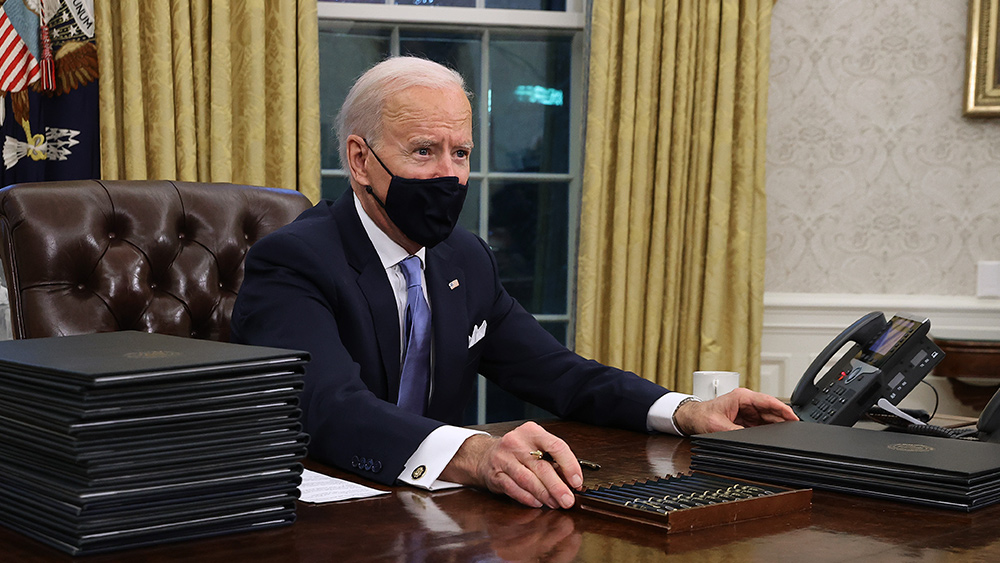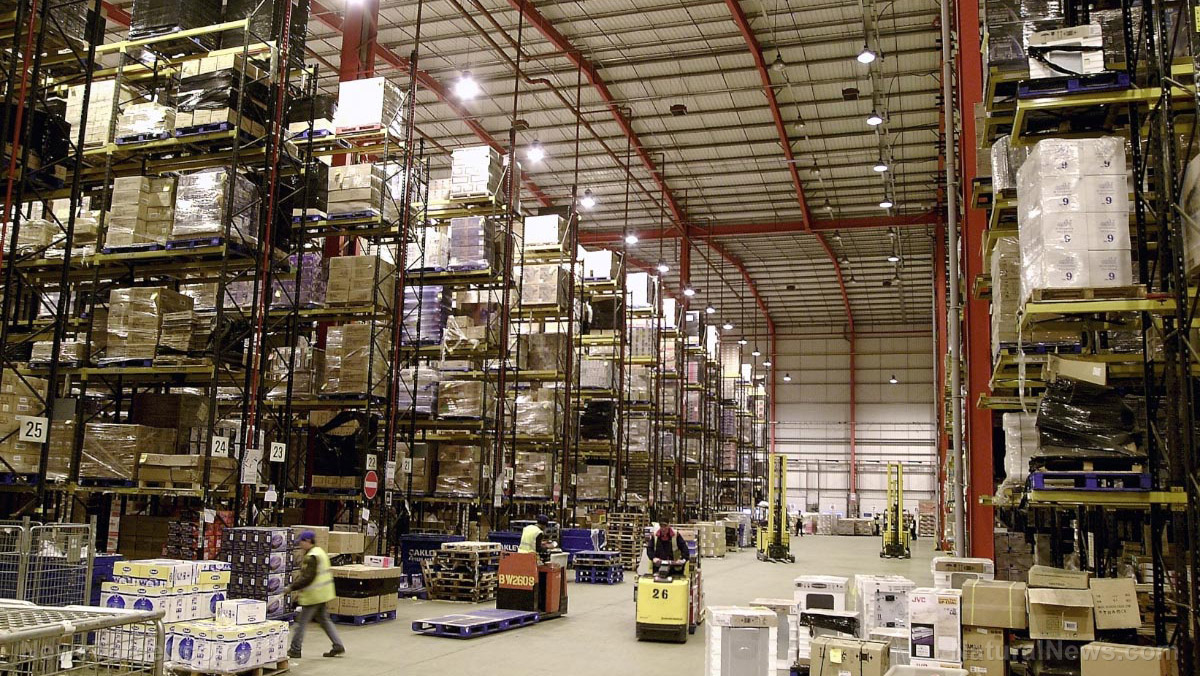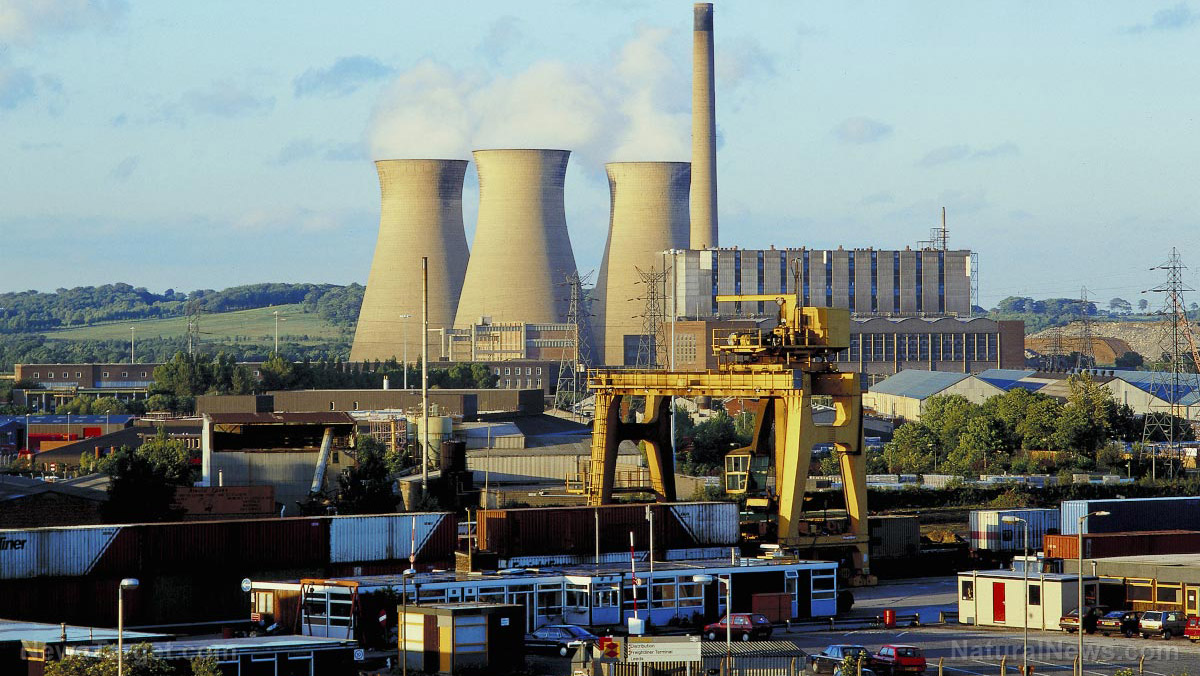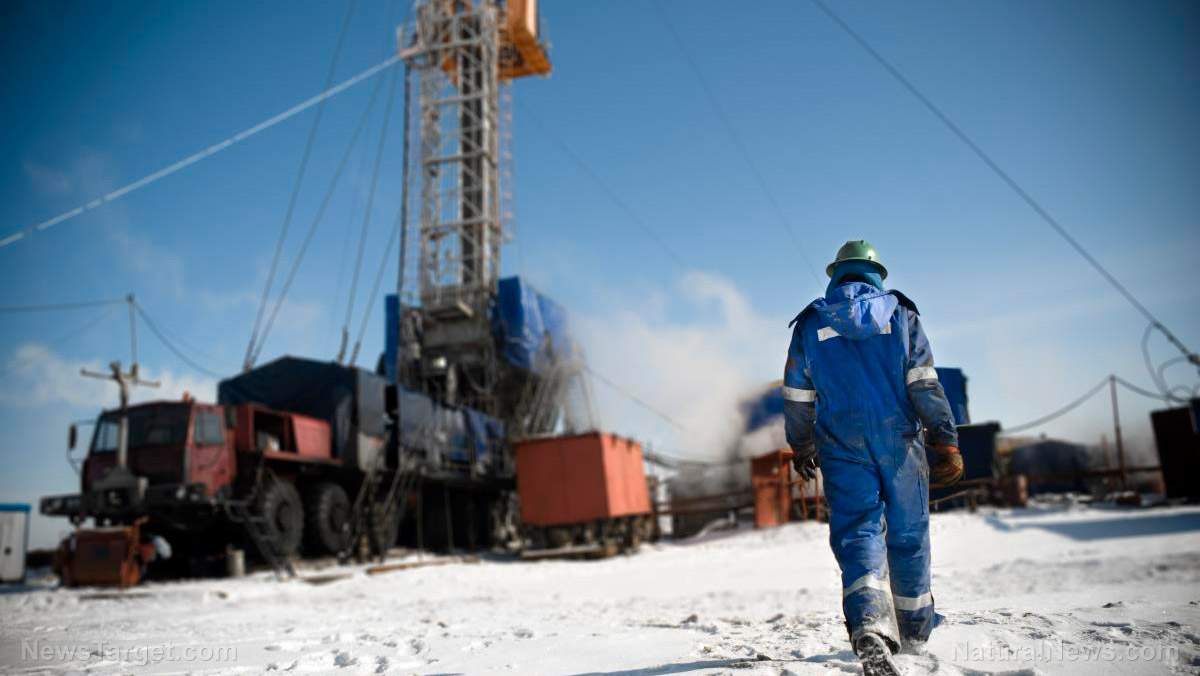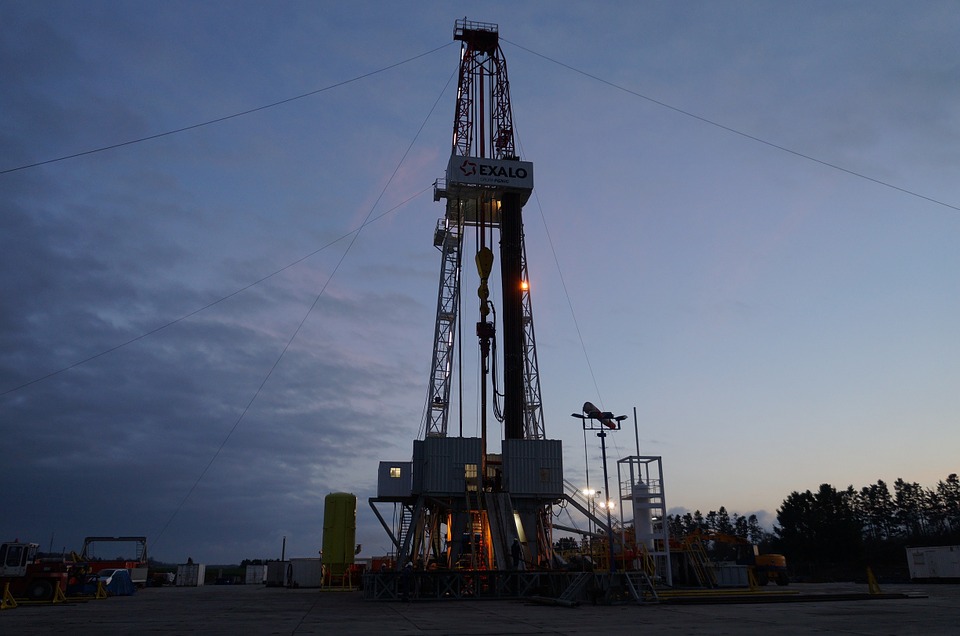Chinese-owned bitcoin farms blamed for widespread and frequent power outages in Iran
02/28/2021 / By Nolan Barton

Chinese-owned bitcoin farms have been blamed for the widespread and frequent power outages in major cities across Iran since early January. An official from Kerman province said on Jan. 8 that a bitcoin farm near the town of Rafsanjan was consuming an enormous amount of energy. According to authorities, that was the largest bitcoin farm in Iran.
Iran’s Minister of Energy Reza Ardekanian admitted that the power outages might have been caused by bitcoin farms but failed to mention that Chinese companies owned some of the country’s biggest bitcoin farms.
Bitcoin is a virtual currency with rising value. Farming or mining bitcoin is a way to earn cryptocurrency without paying money for it. Essentially, “farmers” are awarded bitcoin for verifying transactions in bitcoin. They are basically acting like auditors, verifying the legitimacy of transactions. But bitcoin farming requires a lot of energy. Bitcoin farming on a large scale requires thousands of computers and cooling systems, which are grouped together in centers called bitcoin farms.
That makes Iran a perfect location for bitcoin farms as the country produces electricity in abundance and at a low cost. Electricity goes for around 4 cents per kilowatt-hour in Iran, which is considerably lower compared to 13 cents per kilowatt-hour in the United States. (Related: Bitcoin mining now consuming more electricity than 159 countries including Ireland and most of the countries in Africa.)
Chinese companies have jumped at the opportunity and invested in bitcoin production in Iran, but the numerous power outages and a growing anti-Chinese sentiment among the Iranian population could drive them away.
Iranian authorities shutter bitcoin farms to pacify public
The Iranians reacted with outrage when a video appeared online on Jan. 11, showing a Chinese worker demonstrating the different steps needed to build a bitcoin farm in Iran. The video was first shared by RHY, the Chinese company running that particular bitcoin farm.
Iranian authorities tried to pacify the public by saying that the company had obtained all of the necessary authorizations and that it was only using a limited amount of electricity. But according to RHY, the site consumed 175 megawatts – roughly the same consumption of an entire city with 30,000 residents. It was also about 20 percent of the electricity consumption of Rafsanjan, the nearest city in the bitcoin farm.
As frustration spread among residents, the government launched a wide-ranging crackdown on bitcoin farms. Authorities shuttered 1,600 bitcoin farms across the country, including those legally authorized to operate. Mohammad Moetevallizadeh, the CEO of the national electricity company Tavanir, said on Jan. 15 that the RHY farm would stop its activities for two weeks in light of the power outages the country was experiencing.
Satellite images showed that the RHY farm is located right next to a power station – an ideal location. RHY’s website had a photo showing the farm under construction back on July 16, 2017. Other satellite images taken between 2019 and January 2021 showed big developments in the site.
Several Iranian media outlets reported another Chinese bitcoin farm in Jolfa in northwestern Iran. Afshin Milani, the regional director of Tavanir, denied the allegations.
The France 24 Observers team obtained an official document registering the company “Zino Kian Aras” or “ZIKAS,” a bitcoin farm in Jolfa in 2019. The investors and directors of Zikas listed in the document were all Chinese citizens. However, the company didn’t have a digital trace – no website or any online activity. The Bitcoin farm also didn’t exist on Google Maps or any other map sites.
While the address on the documents proved that the farm existed in the region, there was no available information about the farm’s size or how much energy it consumes. During this investigation, the France 24 Observers team discovered that another bitcoin farm called Mana Pardazesh Asia was also operating in Maku in northwestern Iran.
The company’s official licensing document registered in December 2018 showed that all of its investors were Chinese citizens. That company also built a power plant in the same area during the same period.
A Turkish company was also in the bitcoin farming business in Iran. According to official records, the Turkish bitcoin farm was created in April 2020 and consumed around 18 megawatts of electricity, which is the amount typically consumed by 3,600 households.
But Tavanir reiterated that the company had nothing to do with bitcoin farms except those with legal documentation. The national electricity company promised 20 million tomans ($475) for anyone who would provide information on illegal bitcoin farms operating in the country.
Bitcoins used by Iranians to go around sanctions imposed by US
Experts said Iran is the third-largest producer of bitcoins in the world. They were saying that Iran is using bitcoin as an alternative to the dollar and a way to circumnavigate economic sanctions imposed by the U.S.
Cryptocurrency has surged in popularity in Iran since 2018, when former President Donald Trump unilaterally withdrew from Tehran’s nuclear accord with world powers and re-imposed sanctions on the Islamic Republic.
Anonymous online transactions made in cryptocurrencies allow individuals and companies to bypass banking sanctions that have crippled Iran’s economy. Bitcoin offers an alternative to cash printed by sovereign governments and central banks. In the case of Iran and other countries under sanctions, bitcoin offers a more stable place to park money than the local currency.
“Iranians understand the value of such a borderless network much more than others because we can’t access any kind of global payment networks,” said Ziya Sadr, a Tehran-based bitcoin expert. “Bitcoin shines here.”
Follow EMP.news to learn how to survive prolonged power outages.
Sources include:
Tagged Under: bitcoin, bitcoin farming, central bank, cryptocurrency, electricity, France 24 Observers, Iran, power grid, Power Outage, President Donald Trump, sovereign government, Tavanir, Tehran's nuclear accord, Venezuela
RECENT NEWS & ARTICLES
Electricity.News is a fact-based public education website published by Electricity News Features, LLC.
All content copyright © 2018 by Electricity News Features, LLC.
Contact Us with Tips or Corrections
All trademarks, registered trademarks and servicemarks mentioned on this site are the property of their respective owners.












